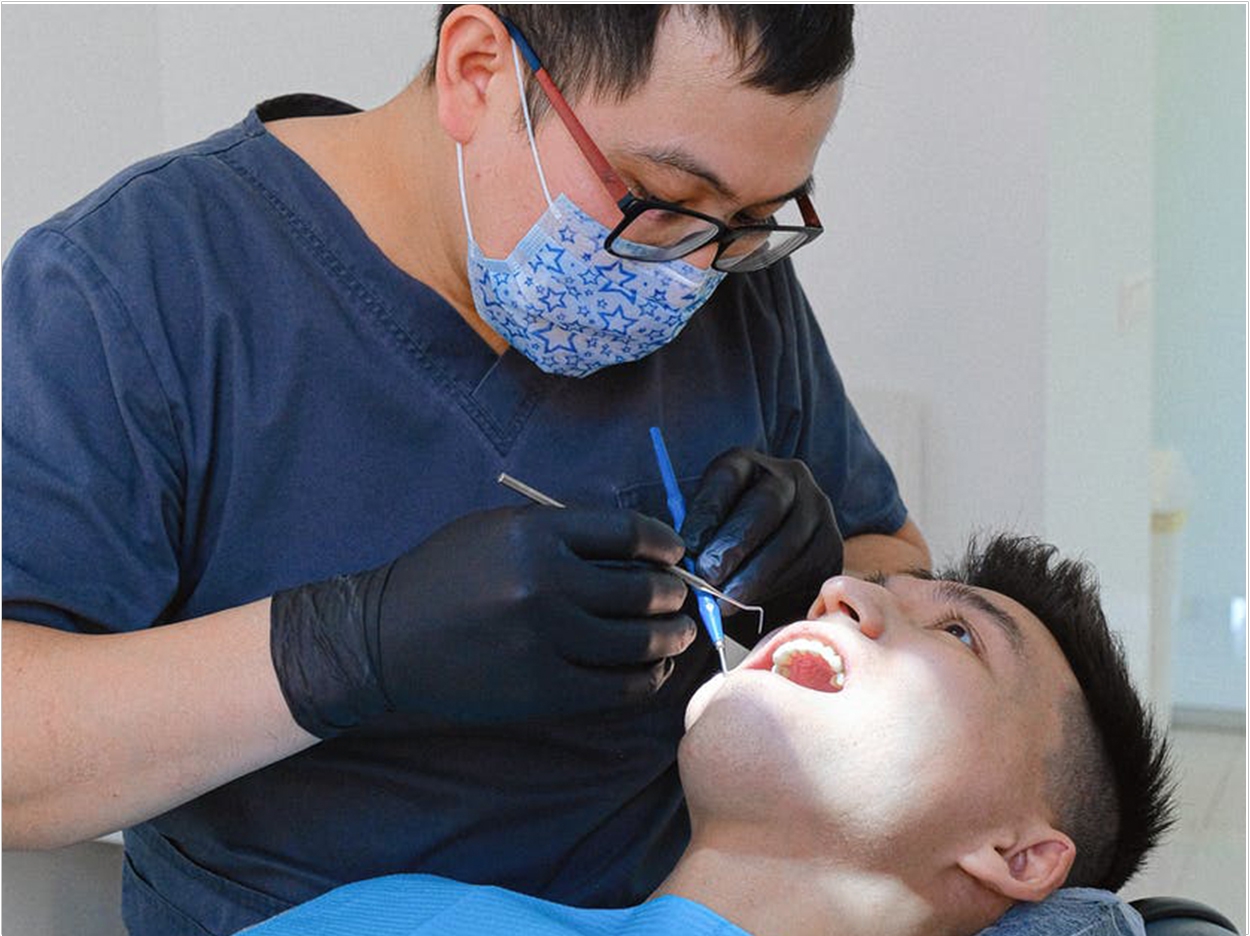
For World Oral Health Day on March 20, the Wrigley Oral Healthcare Programme has published the results of its second annual survey, which asked 420 dental professionals how COVID-19 has impacted dentistry and what preventive measures they recommend to patients. According to the survey:
- 76% of dental professionals have seen a significant or very significant impact of the COVID-19 pandemic on the oral health of their patients.
- 65% expect to see normal service resume within six months to a year.
- 71% are now recommending at-home oral health tools to protect patients’ oral health.
- 71% of survey respondents recommended at-home oral healthcare tools such as floss, mouthwash, and sugar-free gum while patients were unable to access treatment or attend physical practices.
Also, three-quarters of those dental professionals who have seen a significant or very significant impact on the oral health of their patients have noticed a decline in routine dental appointments during the pandemic.
Additionally, 78% of the dentists who recommended sugar-free gum as an at-home oral healthcare tool did so because of the recommended benefits that it can have on oral health, with 76% recognizing the accessibility of sugar-free gum and 53% praising how inexpensive it is.
“The impact COVID has had on the nation’s oral health will be felt for years to come. Even before COVID, deep health inequalities and access problems were the norm, and now both have been set into overdrive,” said Eddie Crouch, chair of the British Dental Association.
“Business as usual will not be returning anytime soon, and policymakers, patients, and practitioners all need to make the right choices if we’re to avert an oral health crisis,” Crouch said.
“It is clear that the dental profession has faced an unprecedented challenge in the COVID-19 pandemic,” said Dr. Ben Atkins, president of the Oral Health Foundation.
“In the first lockdown, dentists were unable to operate practically any services except urgent care, and the subsequent COVID-19 guidance for the industry, whilst essential for dentists’ and patients’ safety, has meant that most practices are unable to see the volume of patients they’d like,” Atkins said.
“This survey highlights the important role that at-home measures have played in protecting the oral health of the nation while people are unable to access regular dental care, and the role they will likely continue to play as we look ahead to hopefully exiting lockdown,” he said.
Related Articles
93% of Americans Plan to Visit the Dentist in 2021
Dentists Face Fallout from a Year of Disrupted Dental Care
Lessons from the Pandemic for Dental Practices: A Year Later












